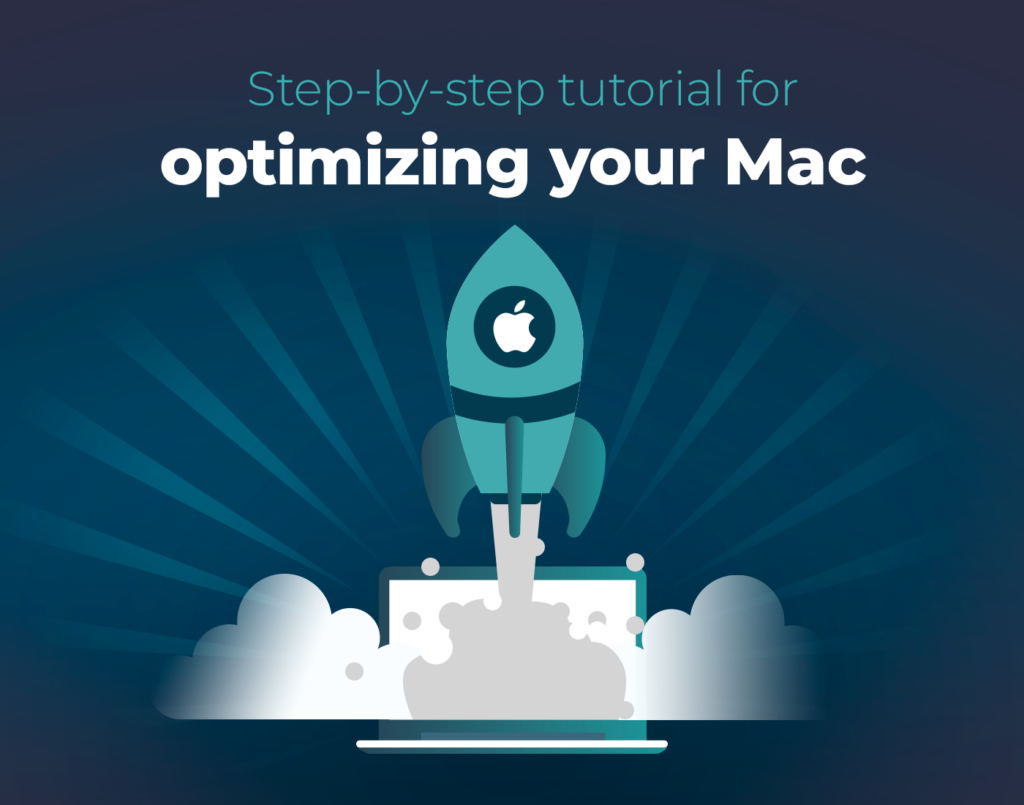Your Mac is a powerful machine, but over time, it can start to slow down and become cluttered. The good news is that you can breathe new life into your beloved Mac by optimizing it.
This step-by-step tutorial will guide you through fine-tuning your Mac’s performance, clearing unnecessary clutter, and ensuring it runs like a well-oiled machine.
Whether you’re a Mac novice or a seasoned user, these optimization techniques will help you maximize your Mac’s capabilities. Let’s dive in and unlock the full potential of your Mac.
Contents
Preparing for optimization
Before you embark on the journey of optimizing your Mac, it’s crucial to make a few essential preparations:
- Backup your data: Begin by safeguarding your essential files and documents. While the optimization process is typically safe, having a backup ensures your valuable data remains secure. Use Time Machine or a reliable cloud backup service to create a backup.
- Check system requirements: Confirm that your Mac meets the system requirements for the macOS version you’re using or planning to upgrade to. Running outdated hardware may limit the effectiveness of some optimization techniques, so knowing your system’s capabilities is essential.
These preliminary steps provide a solid foundation for optimizing, ensuring your data is protected, and your Mac is ready for the changes ahead. With these preparations in place, let’s proceed to the next step: decluttering your Mac.
Decluttering your Mac
Decluttering your Mac is a crucial step in optimizing its performance. Over time, files and applications can accumulate, taking up valuable storage space and potentially slowing down your system.
Remove unnecessary files and apps:
Start by going through your Downloads folder. Delete files you no longer need, like old installers, documents, or images you’ve already saved elsewhere.
Review your Applications folder. Uninstall any unused or redundant applications. To do this, drag the application to the Trash and then empty the Trash to free up space.
Sort through your documents, photos, and videos. Delete duplicates and move important files into organized folders. You can use the Search feature to find large files taking up space on your drive.
Organize your desktop and files:
A cluttered desktop can slow down your Mac’s startup time. Move files from the desktop into appropriate folders or delete them if they’re no longer needed.
Create folders with clear names and sorting rules for different types of files. For example, you might have folders for work documents, personal photos, and entertainment.
Remember to empty your Trash bin. Deleted files still take up space until the Trash is emptied.
Software updates
One of the cornerstones of maintaining a high-performing and secure Mac is keeping your operating system and applications up to date. Regular software updates deliver new features and improvements and address security vulnerabilities. Here’s how to ensure your Mac is always running the latest software:
To check for macOS updates, navigate to the Apple menu in the top-left corner of your screen and select “System Preferences.” From there, click on “Software Update.” Your Mac will connect to Apple’s servers and search for available updates. If any updates are found, you’ll see them listed along with brief descriptions. To install them, click “Update Now.” You may be required to enter your administrator password to proceed. Keeping your macOS up to date is crucial for receiving essential security patches and performance enhancements.
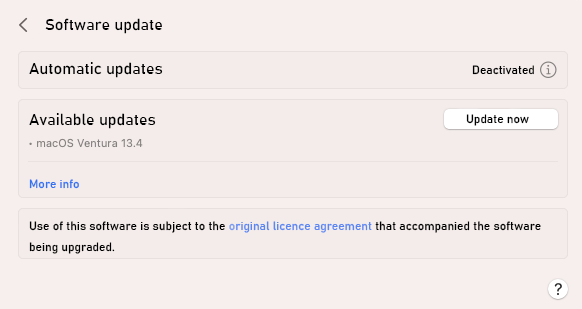
In addition to your operating system, it’s equally important to keep your applications updated. Outdated applications can not only be less efficient but also pose security risks. To update your applications, open the App Store on your Mac. In the App Store, click on the “Updates” tab. Here, you’ll see a list of available updates for your installed applications. To update them, click the “Update” button next to each app or choose “Update All” to update all available apps simultaneously. Once again, you may need to enter your Apple ID password to confirm the updates.
Performance tweaks
Optimizing your Mac for better performance involves making a few adjustments to enhance its speed and responsiveness. Here are some performance tweaks you can implement:
Adjusting Energy-Saving Settings:
- Navigate to “System Preferences” from the Apple menu.
- Click on “Energy Saver.”
- You can customize power-saving settings to suit your preferences. For instance, you can adjust the display sleep and computer sleep settings to conserve energy without sacrificing performance. This can help your Mac run more efficiently and extend its lifespan.
Managing Startup Items:
- Go to “System Preferences.”
- Click on “Users & Groups.”
- Select your user account and click the “Login Items” tab.
- Here, you can review and manage the applications that launch at startup. Removing unnecessary startup items can significantly improve your Mac’s boot time and overall performance.
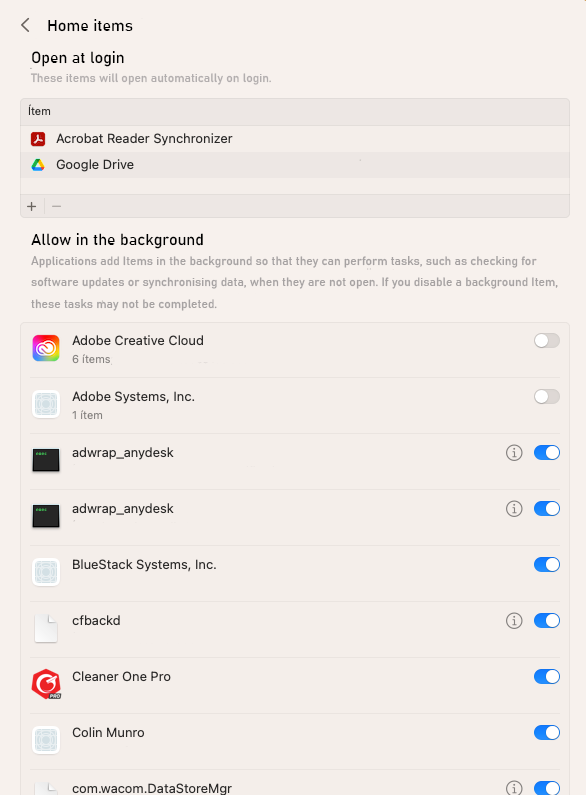
Disk Cleanup
Over time, your Mac’s Storage can become cluttered with temporary files, caches, and unnecessary data, slowing down your system. Performing a disk cleanup is an effective way to regain storage space and improve performance. Here’s how to do it:
Clearing Cache and Temporary Files:
- Open the “Finder” and click “Go” in the menu bar.
- Select “Go to Folder” and enter “~/Library/Caches” (without quotes).
- Delete the contents of this folder. These are temporary files that can safely be removed.
- Repeat the process with “/Library/Logs” and “/Library/TemporaryItems.”
Deleting Large and Redundant Files:
- Use the built-in “Storage Management” tool by clicking on the Apple menu, then “About This Mac,” and finally “Storage.”
- Click on “Manage” to access recommendations on how to optimize Storage.
- Review the list of large and unnecessary files and applications. You can delete or move them to external Storage if they are no longer needed.
Managing Storage
Managing your Mac’s Storage efficiently is vital to maintain peak performance and prevent clutter from accumulating over time.
- Using iCloud for Storage: iCloud offers seamless integration with macOS, allowing you to store files, photos, and documents in the cloud, freeing up valuable local Storage. To set this up, go to “Apple menu”> “System Preferences”> “Apple ID”> “iCloud” and select the data types you want to store in iCloud.
- Optimizing Storage Settings: In “Apple menu”> “About This Mac”> “Storage,” click on “Manage” to access storage recommendations. Enable “Optimize Storage” to automatically remove TV shows and movies you’ve already watched and store them in iCloud.
- Regularly Reviewing and Deleting Old Files: Review your files and applications to identify items you no longer need and delete or move them to external Storage.
- External Storage Solutions: Consider using external hard drives or SSDs to store large files, media libraries, or backups, freeing up space on your Mac’s internal drive.
Privacy and Security
Enhance your privacy settings by reviewing and restricting app permissions for location, camera, microphone, and contacts in “System Preferences”> “Security & Privacy.”
Safeguard against malware with built-in features like “XProtect” and “Gatekeeper,” consider using reputable third-party antivirus software for additional protection, running regular scans to detect and remove potential threats.
Secure your online accounts with strong, unique passwords and enable two-factor authentication (2FA) where possible.
Lastly, update your macOS and applications to patch security vulnerabilities and maintain a secure computing environment. These steps will fortify your Mac’s defenses while optimizing its performance.
Safari Optimization
Fine-tuning Safari, your Mac’s web browser, can significantly enhance your online experience.
Start by clearing your browser cache in “Safari”> “Preferences”> “Privacy” to speed up page loading times.
Manage extensions and plugins by going to “Safari”> “Preferences”> “Extensions” to disable unnecessary ones and ensure they’re up to date for compatibility.
Adjust website notifications and limit auto-play videos in “Safari”> “Preferences”> “Websites” to streamline your browsing and reduce resource consumption.
These optimizations boost your browsing speed and contribute to a more efficient overall Mac experience.
Monitor Activity
Keeping an eye on your Mac’s activity is crucial to identify and address performance bottlenecks.
Using Activity Monitor:
Open “Activity Monitor” from the “Utilities” folder in your “Applications” folder or search for it using Spotlight.
Activity Monitor provides a detailed overview of your Mac’s CPU, memory, energy, disk, and network usage. You can sort processes by resource usage to identify applications or tasks consuming excessive resources.
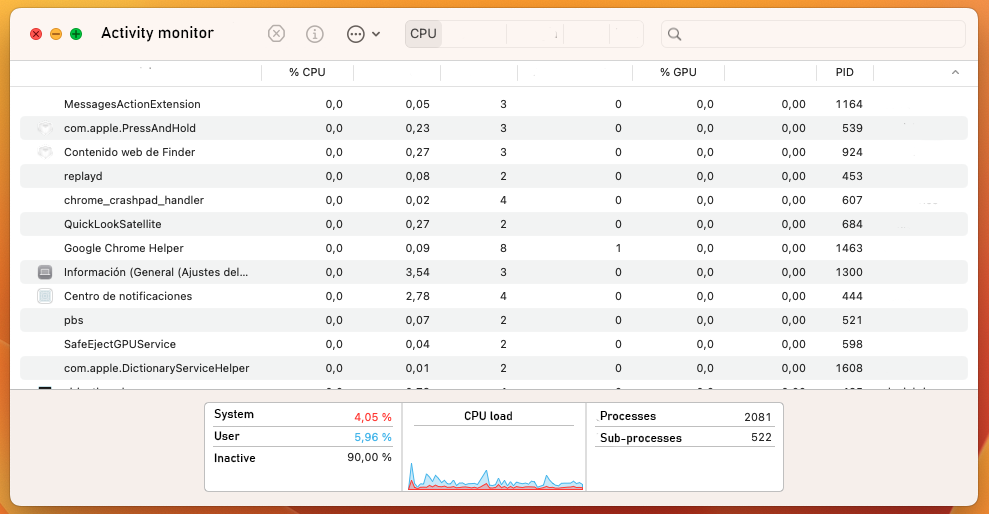
Identifying Resource-Hungry Apps:
In Activity Monitor, focus on processes that consistently use a high percentage of CPU or memory. If you notice any applications causing slowdowns, consider quitting or restarting them.
Monitoring Energy Usage:
The “Energy” tab in Activity Monitor helps you identify power-hungry apps. This is especially useful if you’re optimizing battery life on a laptop.
How can Rambox help optimize your Mac?
Using Rambox makes your computer run smoother. Instead of opening many apps and tabs on your browser, Rambox puts them all in one place, so your computer can work less hard. It also has a unique “Apps Manager” where you can see which apps are running and stop them if you want.
To find this dashboard, press Alt+Shift+K and type “app manager.”

You can also disable apps you are not using by right-clicking on them and choosing “Enable” or “Disable”. This option is present in the “Apps Manager”, too.
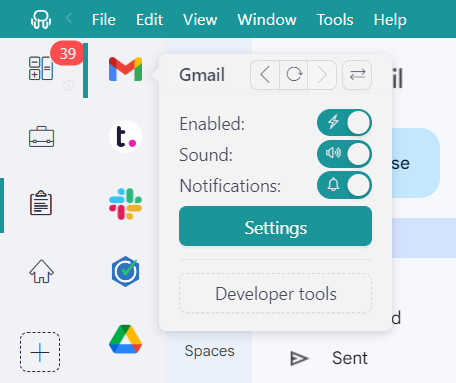
Last but not least, you can make Rambox pause your applications after a certain amount of inactivity time. You can set this “Hibernation” time by right-clicking on the application, and then accessing the “Settings” option. You can also hibernate apps from the “Apps Manager” as well.
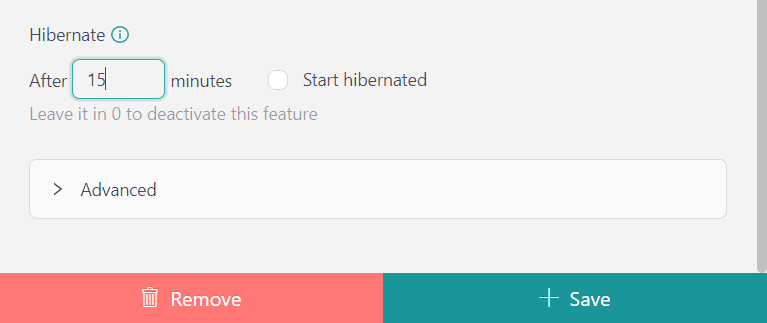
If Rambox notices an app using too much of your computer’s power, it will tell you through notifications. These alerts include options to stop or restart that app. This helps keep your computer running smoothly and doesn’t slow down Rambox or other apps you use.
Are you overwhelmed by the number of applications you have to work with, consuming your RAM and making your Mac extremely slow? Try Rambox for free. All you have to do is download the program, configure it to your liking, and enjoy its functionalities.
No cards, no cheating, it’s that simple!
